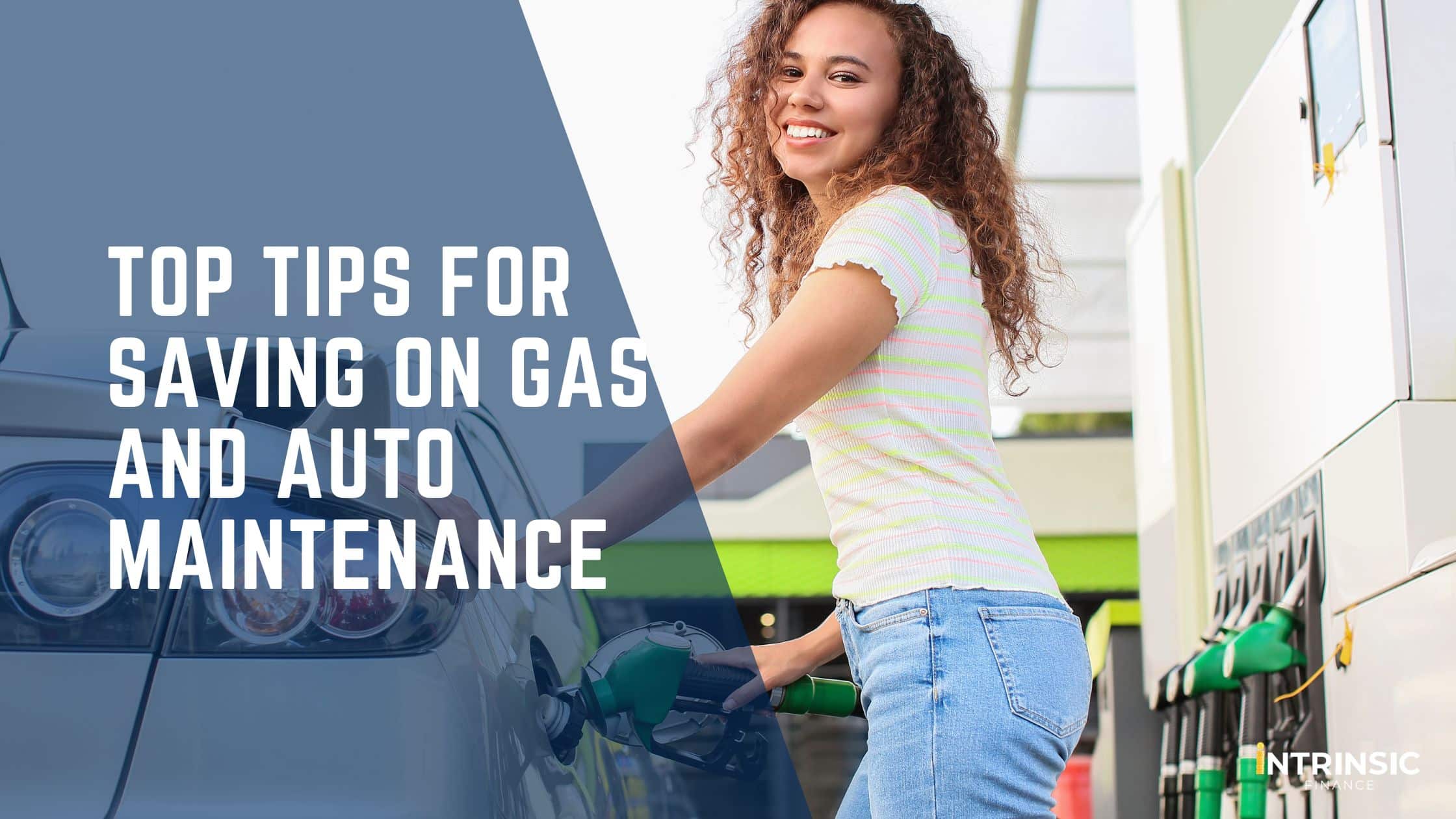Feeling the pinch at the pump? Soaring gas prices and unexpected car repair costs can put a serious dent in your wallet. But don’t worry, there are practical ways to save money on transportation. This blog will provide actionable tips to help you maximize your fuel efficiency and minimize maintenance expenses.
1. Improve Fuel Efficiency
Small changes in your driving habits and vehicle maintenance can significantly impact your fuel consumption.
-
Driving Habits: Aggressive driving, such as speeding, rapid acceleration, and excessive braking, can dramatically increase fuel consumption. Adopting a smoother driving style can lead to noticeable savings. Additionally, avoid idling for extended periods as it wastes fuel.
- Anticipate road conditions: Look ahead and adjust your speed accordingly to avoid sudden braking or acceleration.
- Coast when possible: When approaching a red light or downhill slope, gradually release the accelerator to let the car coast.
- Maintain a consistent speed: Avoid rapid speed changes, as this can significantly impact fuel efficiency.
-
Vehicle Maintenance: Regular vehicle maintenance is crucial for optimal fuel efficiency. Ensure your car is tuned up according to the manufacturer’s recommendations. Dirty air filters, clogged fuel injectors, and misaligned wheels can all reduce fuel economy.
- Check engine light: If your check engine light comes on, address the issue promptly to prevent further damage and potential fuel efficiency loss.
- Regular oil changes: Using the correct type of oil and adhering to recommended change intervals helps maintain engine performance and fuel economy.
- Tire alignment: Proper wheel alignment ensures even tire wear and reduces rolling resistance, improving fuel efficiency.
-
Tire Pressure: Properly inflated tires improve fuel efficiency and tire life. Check your tire pressure regularly and maintain the recommended levels specified in your owner’s manual. Underinflated tires can increase fuel consumption by up to 3%.
2. Reduce Maintenance Costs
Regular car maintenance is essential for your vehicle’s longevity, but it doesn’t have to break the bank.
-
DIY Maintenance: Many basic maintenance tasks can be performed at home with a little know-how. Changing your oil, replacing air filters, and checking tire pressure are common examples. Online tutorials and repair manuals can provide guidance.
- Start small: Begin with simple tasks and gradually expand your DIY skills as you gain confidence.
- Invest in basic tools: Having the right tools can make DIY maintenance easier and safer.
- Safety first: Always prioritize safety when working on your car. Consult your owner’s manual for specific instructions.
-
Extended Warranties: While tempting, extended warranties often come with high costs and may not cover all potential repairs. Carefully evaluate the coverage and costs before purchasing. Consider factors such as the vehicle’s age, reliability, and your financial situation.
-
Finding Affordable Repairs: Research reputable auto repair shops in your area. Ask friends and family for recommendations. Get multiple quotes for repairs, and consider using online resources to compare prices.
- Shop around: Don’t be afraid to compare prices and services offered by different repair shops.
- Ask for written estimates: This helps avoid surprises and ensures transparency.
- Consider independent repair shops: These shops often offer competitive prices without compromising quality.
3. Smart Car Shopping
Making wise choices when purchasing a car can significantly impact your long-term costs.
-
Fuel-Efficient Vehicles: Opting for a fuel-efficient car can lead to substantial savings at the pump over time. Consider hybrid or electric vehicles if they align with your needs and budget.
- Research fuel economy: Compare fuel efficiency ratings of different models before making a decision.
- Consider future fuel costs: Factor in potential fluctuations in gas prices when evaluating long-term costs.
-
Used Cars vs. New Cars: Used cars generally cost less than new cars, but they may require more maintenance. Carefully weigh the pros and cons of each option based on your budget and needs.
- Certified pre-owned (CPO) vehicles: These offer additional warranty coverage and peace of mind.
- Inspect used cars thoroughly: Look for signs of damage, excessive wear, and potential mechanical issues.
-
Negotiating Car Prices: Research car prices before visiting dealerships. Be prepared to negotiate and don’t be afraid to walk away if you don’t get a fair deal.
- Know your budget: Determine a maximum price you’re willing to pay before starting negotiations.
- Consider end-of-month deals: Dealerships may offer incentives to meet sales quotas.
4. Alternative Transportation
Exploring alternative transportation options can help reduce your reliance on cars and save money.
-
Public Transportation: If available in your area, public transportation can be a cost-effective way to commute to work or school.
- Explore options: Consider buses, trains, subways, or light rail depending on your needs.
- Plan your routes: Utilize public transportation schedules and maps to optimize your travel time.
-
Carpooling or Ridesharing: Sharing rides with others can significantly reduce your transportation costs. Consider carpooling with colleagues or using ride-sharing services.
- Coordinate schedules: Find carpool partners with similar work or school hours.
- Use ride-sharing apps: Explore options like Uber or Lyft for flexible transportation.
-
Walking or Biking: For short distances, walking or biking is not only cost-effective but also beneficial for your health.
- Invest in equipment: Ensure you have comfortable and safe walking or biking gear.
- Plan your routes: Choose safe and convenient routes for your daily commute.
5. Government Incentives and Rebates
Taking advantage of government incentives can significantly reduce your transportation costs.
- Fuel Tax Credits: Some governments offer tax credits or deductions for fuel-related expenses. Research the specific tax laws in your region to determine if you qualify for any benefits.
- Electric and Hybrid Vehicles: Many countries provide incentives to encourage the adoption of electric and hybrid vehicles. These incentives may include tax credits, rebates, or exemptions from certain fees. Explore the available options to see if you can benefit from these programs.
Conclusion
By implementing these tips, you can significantly reduce your transportation costs and enjoy greater financial freedom. From improving fuel efficiency to exploring alternative transportation options, there are numerous ways to save money on gas and car maintenance. Remember, small changes can add up to big savings over time.
Start saving today! Take control of your transportation expenses and enjoy the benefits of a lighter financial burden.
Intrinsic Finance: Your Trusted Car Financing Company
Need help to finance your next vehicle? Intrinsic Finance offers flexible car loan options to suit your needs. Visit our website to learn more.

